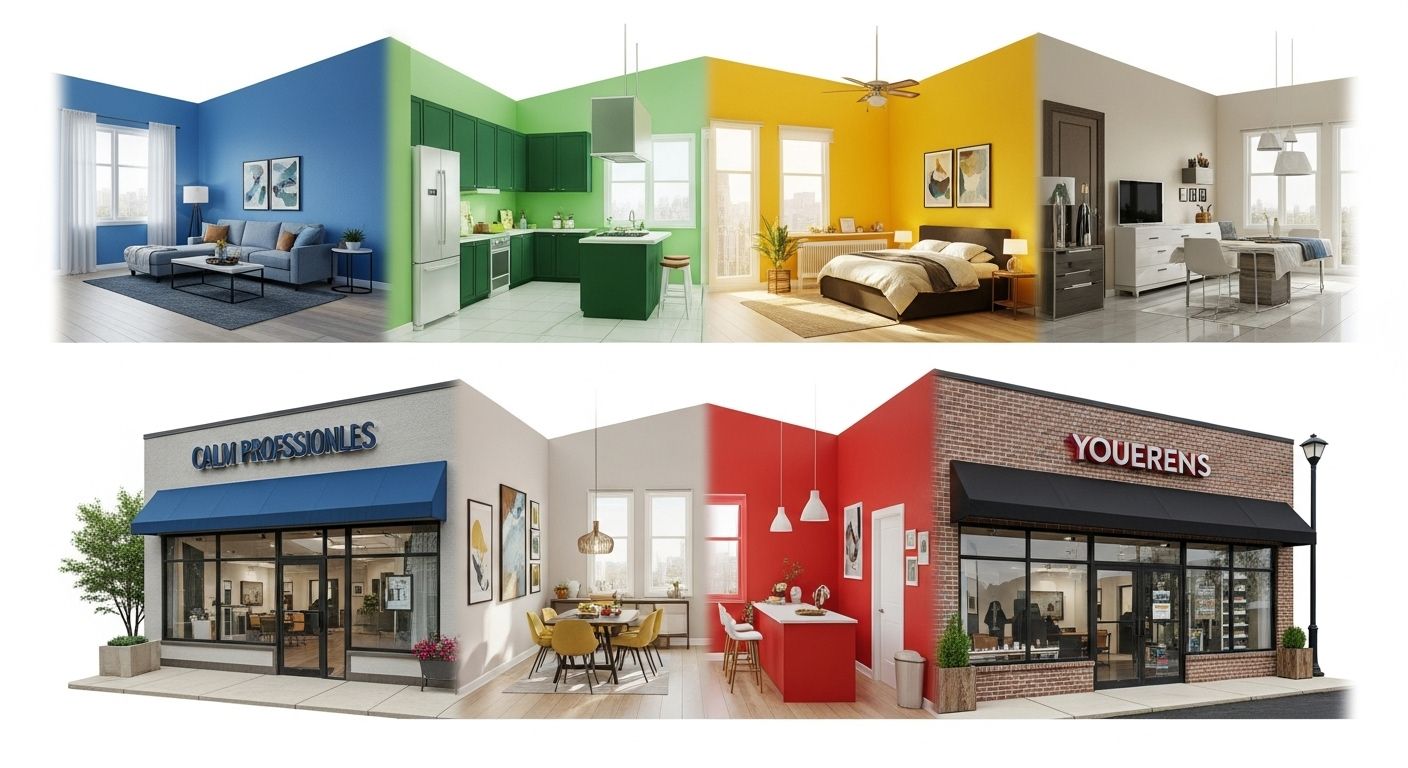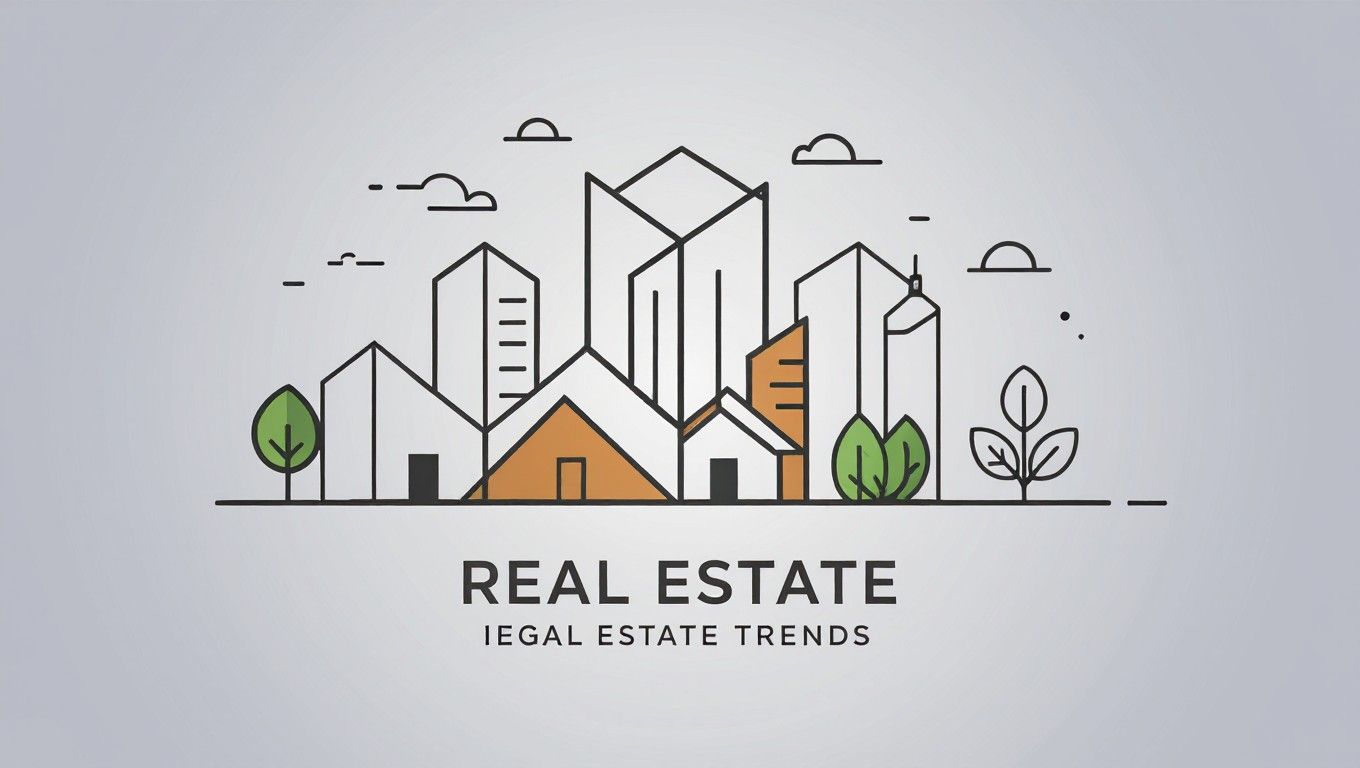Property Listing Design Best Practices
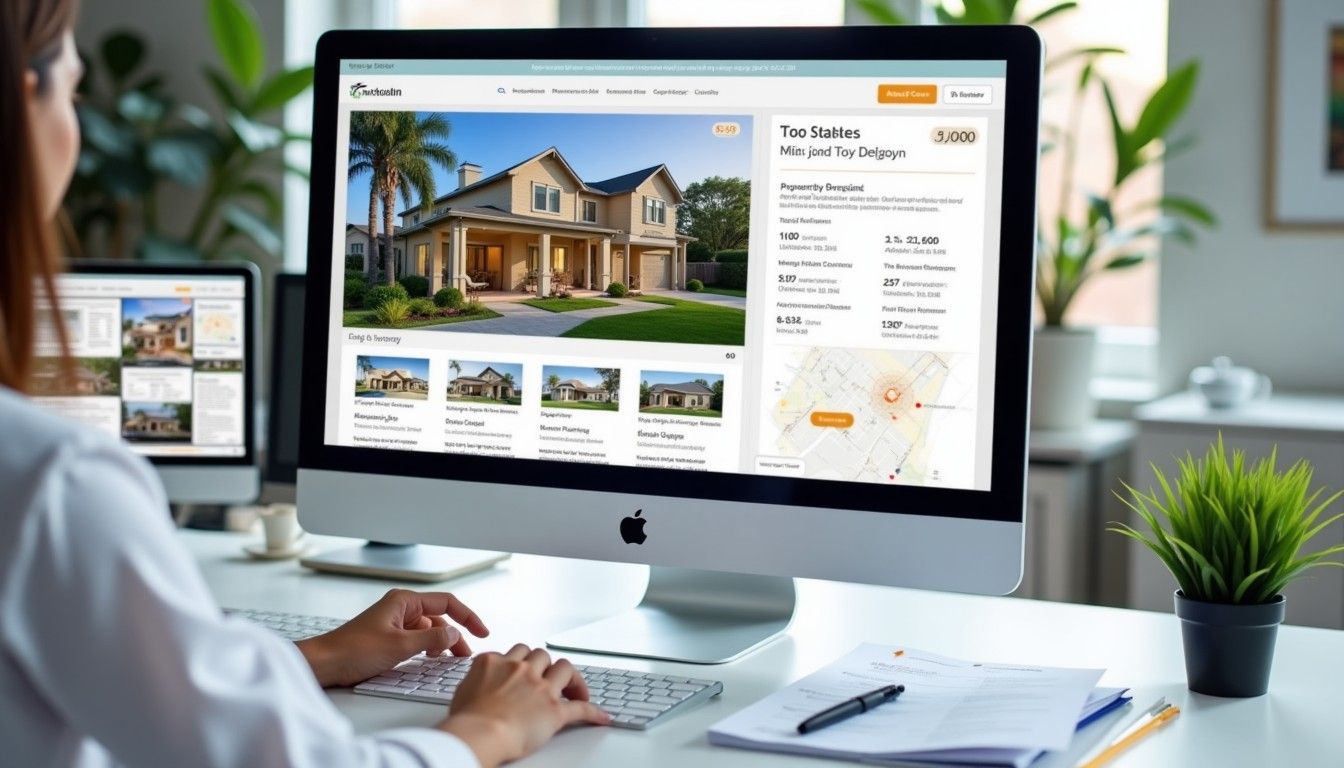
You know what separates properties that sell in 30 days from ones that sit on the market for months? It's not always the price or location. The secret weapon is smart property listing design that makes buyers stop scrolling and start imagining themselves in that space.
Here's what we've learned helping real estate professionals transform their digital presence: the most effective listings combine visual storytelling with strategic design elements. Professional photography can reduce sales time by 32%, and virtual tours can generate 87% more views.
Professional photography and virtual tours dramatically increase listing engagement and shorten time-to-sale.
At Dignuz Design, we've seen how the right visual approach transforms not just individual listings, but entire real estate brands. When your property presentations nail the perfect balance of emotion and information, everything changes. Buyers spend more time exploring. Agents get more qualified inquiries. Properties move faster.
We're going to walk through the exact design strategies that create this kind of engagement. From the psychology behind color choices to the technical details of mobile optimization, you'll get a blueprint for listings that actually convert browsers into buyers. Plus, we'll show you how tools like our AmplyViewer can take your property showcasing to the next level with interactive 3D experiences.
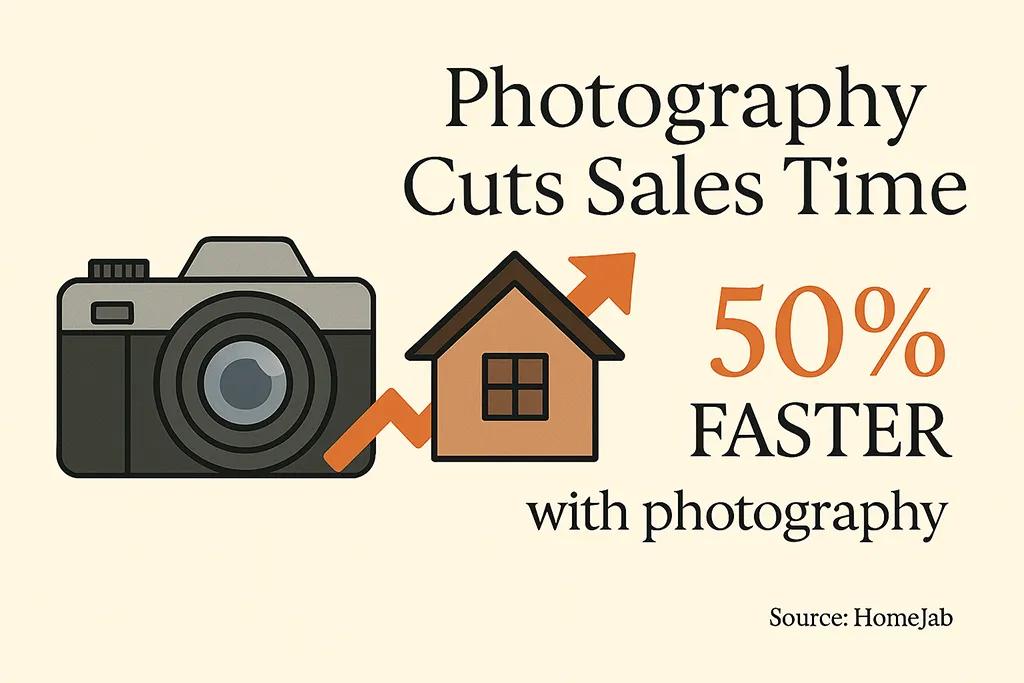
Foundation Elements That Drive Engagement
Every high-performing property listing starts with the same core elements, regardless of price point or property type. These fundamentals create the foundation for engagement and set the stage for everything that follows.
Visual Hierarchy and First Impressions
Your hero image has about 3 seconds to capture attention before someone scrolls past. This isn't about having expensive equipment. It's about understanding what makes people pause and look closer.
The most effective approach combines sharp, well-lit photography with strategic composition. Think about what story each image tells. A kitchen photo should showcase both functionality and lifestyle. A living room shot needs to demonstrate space while feeling welcoming.
Hero Image Quality
- Engagement Impact: Primary engagement driver
- Implementation Focus: Sharp focus, proper lighting, lifestyle context
Mobile Responsiveness
- Engagement Impact: 60% of buyers browse on mobile
- Implementation Focus: Fast loading, thumb-friendly navigation
Information Hierarchy
- Engagement Impact: Reduces bounce rate by 40%
- Implementation Focus: Price prominent, key details scannable
Brand Consistency
- Engagement Impact: Builds trust and recognition
- Implementation Focus: Consistent colors, fonts, and logo placement
Design for mobile first: most buyers will experience your listing on a phone.
Research shows listings with professional, high-resolution images and videos see significantly higher engagement and inquiry rates. But here's the thing most people miss: it's not just about image quality. It's about creating visual flow that guides the viewer's eye exactly where you want it to go.
Start with your strongest visual asset. Maybe it's a stunning view, a unique architectural detail, or a beautifully staged living space. That becomes your hook. From there, every subsequent image should build on that initial emotional connection.
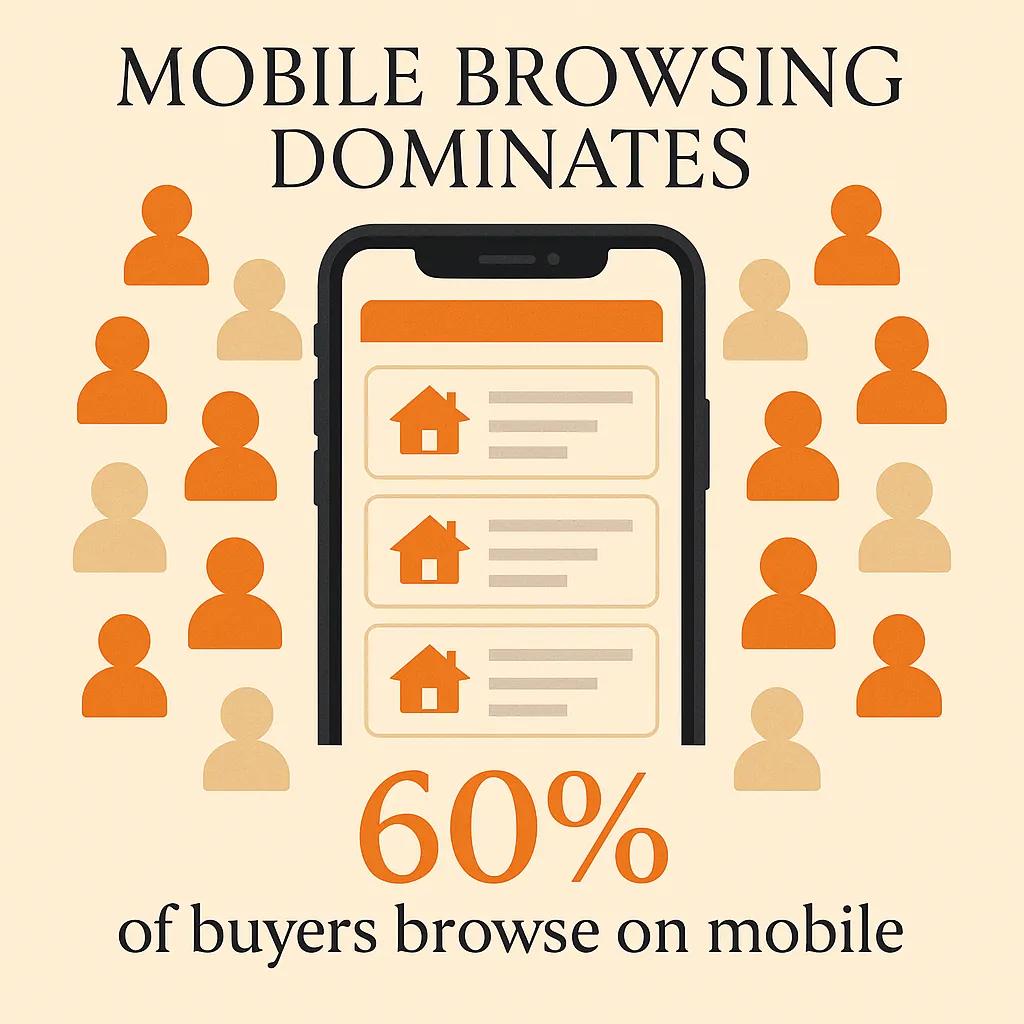
Color Psychology and Emotional Connection
Colors trigger specific emotional responses that can make or break a listing's effectiveness. Warm tones create comfort and approachability. Cool blues suggest trust and professionalism. The key is matching your color choices to both your brand and your target buyer's mindset.
For luxury properties, sophisticated color palettes with plenty of white space convey elegance and exclusivity. Family homes benefit from warmer, more approachable tones that suggest comfort and community. First-time buyer properties work well with fresh, modern color schemes that feel accessible and optimistic.
- Warm grays and beiges create neutral appeal across demographics
- Strategic accent colors can highlight key features without overwhelming
- Consistent color temperature in photos maintains professional quality
- Brand colors should appear subtly throughout the listing experience
Content Strategy for Property Storytelling
Now that you have the visual foundation in place, content becomes your tool for creating emotional connection and providing the practical information buyers need to take action.
Writing Copy That Sells Lifestyle, Not Just Space
The best property descriptions don't just list features. They paint pictures of the life that's possible in that space. Instead of "large kitchen with granite countertops," try "spacious kitchen perfect for hosting Sunday brunches with friends."
This shift from features to benefits makes listings more engaging because people buy based on emotion and justify with logic. Give them the emotional hook first, then back it up with the practical details they'll need.
Here's our approach: start with the most compelling lifestyle element, then weave in the technical specifications naturally. "Imagine entertaining guests in this open-concept living area, where 20-foot ceilings and floor-to-ceiling windows create an airy, sophisticated atmosphere."
Strategic Information Architecture
Effective listings use clear, organized layouts with prominent, easy-to-read information about price, features, and availability. The goal is making it effortless for potential buyers to find exactly what they're looking for.
Clear information hierarchy keeps buyers engaged and reduces bounce rates.
Organize information in order of importance to your target buyer. Price and basic specs come first. Unique selling points get prominent placement. Neighborhood information and practical details like HOA fees can come later in the flow.
Create scannable sections with clear headers. Most people won't read every word, but they will scan for information relevant to their specific needs and interests.
"Users don't read web pages, they scan them. Make the most important information visible at a glance."
— Web Usability Best Practices
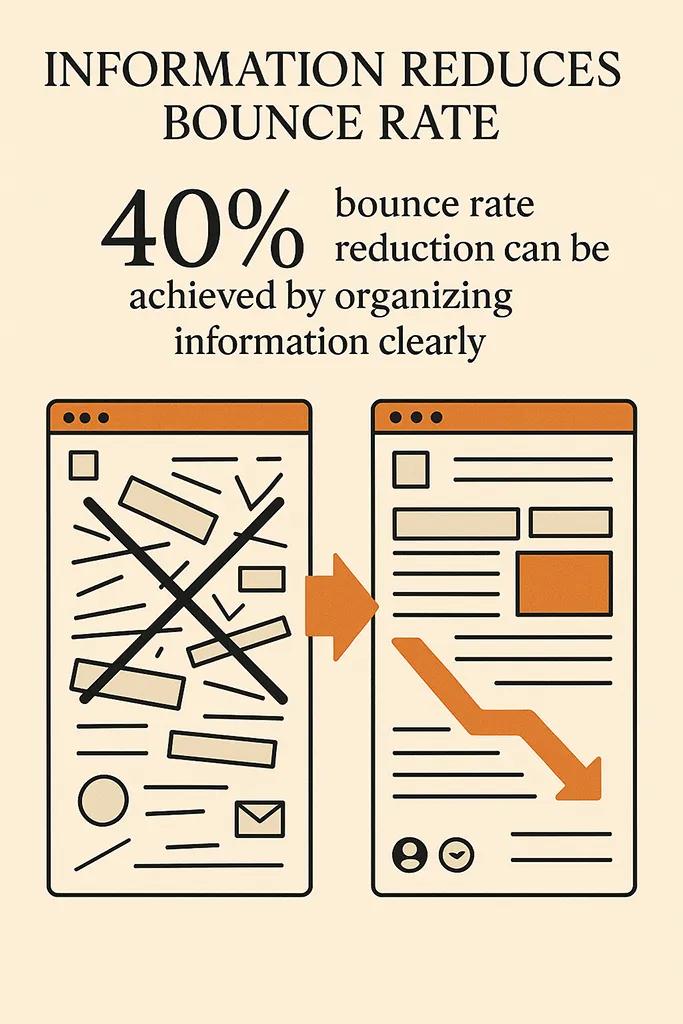
Technical Implementation for Maximum Performance
Great design means nothing if technical issues prevent people from engaging with your content. This section focuses on the behind-the-scenes elements that make or break user experience.
Mobile-First Design Principles
More buyers start their property search on mobile devices than ever before. Your listing design needs to work perfectly on a smartphone screen, not just look good on a desktop monitor.
This means thumb-friendly navigation, fast-loading images, and information that's easy to digest in small chunks. Phone numbers and contact forms should be prominently placed and easy to tap.
- Optimize image sizes for fast mobile loading without sacrificing quality
- Ensure all interactive elements are easily tappable on touch screens
- Test form functionality across different mobile browsers and devices
- Make key information visible without requiring horizontal scrolling
Consider how people use their phones when browsing properties. They might be walking through a neighborhood, sitting on a couch during commercial breaks, or comparing options while commuting. Your design needs to work in all these contexts.
Performance Optimization and Loading Speed
A listing that takes more than 3 seconds to load loses potential buyers before they even see your content. This is especially critical for image-heavy property listings where visual content is essential for engagement.
The solution isn't using fewer images. It's optimizing the images you use. Compress photos without losing quality. Use modern image formats that load faster. Implement lazy loading so users see content immediately while additional images load in the background.
Image Compression
- Performance Impact: 40-60% faster loading
- Best Practice: WebP format when possible, 80% JPEG quality
Lazy Loading
- Performance Impact: Immediate content visibility
- Best Practice: Load above-fold images first, others as needed
Caching Strategy
- Performance Impact: Repeat visitors load 70% faster
- Best Practice: Browser caching for images and static elements
Mobile Optimization
- Performance Impact: Reduced bounce rate by 35%
- Best Practice: Touch-friendly interfaces, simplified navigation
Tools like Google PageSpeed Insights can help you identify specific performance bottlenecks and get actionable recommendations for improvement.
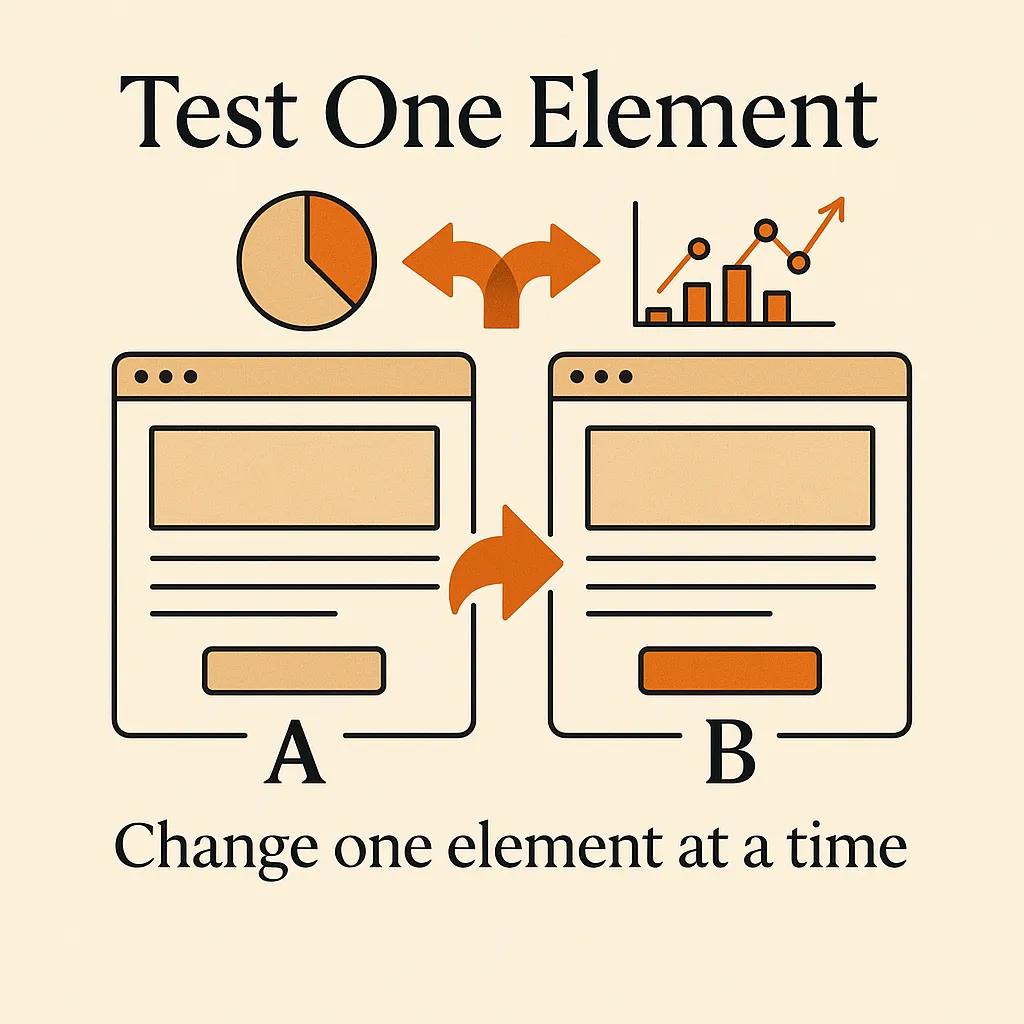
Advanced Engagement Techniques
Once you have the fundamentals working well, these advanced strategies can differentiate your listings and create memorable experiences that lead to more qualified inquiries.
Interactive Elements and Virtual Tours
Static photos only tell part of the story. Virtual tours can generate 87% more views, and interactive elements keep visitors engaged significantly longer than traditional listings.
This is where tools like our AmplyViewer really shine. Instead of just showing rooms, you're creating an immersive experience where potential buyers can explore the space naturally, understanding flow and relationships between different areas.
Even without 3D technology, you can add interactivity through image galleries that respond to user input, floor plan overlays, and clickable hotspots that reveal additional information about specific features.
For real estate professionals looking to take their visual presentation to the next level, check out our guide to selecting 3D rendering partners that can create stunning property visualizations.
Social Proof and Trust Signals
Buyers need to feel confident about both the property and the agent representing it. Social proof elements reassure them they're making a smart decision and working with someone trustworthy.
This includes agent testimonials, recent sales success stories, professional certifications, and links to social media profiles. But integrate these elements naturally rather than overwhelming the primary property information.
- Recent client testimonials specific to similar properties
- Professional credentials and association memberships
- Links to social media profiles showing consistent activity
- Awards or recognition from industry organizations
The key is building trust without creating distraction from the main goal: getting people interested enough in the property to take the next step.
Measuring and Optimizing Performance
Creating great-looking listings is just the starting point. The real value comes from understanding what's working and continuously improving based on actual user behavior and conversion data.
Key Performance Indicators
Track metrics that directly correlate with business outcomes, not just vanity statistics. Time spent on listing pages matters more than total page views. Contact form completions matter more than social media likes.
Tracking metrics such as inquiry-to-showing conversion rates can help optimize CTAs and lead capture strategies. Focus on the metrics that indicate genuine buyer interest and intent.
Average Time on Listing
- Why It Matters: Indicates engagement level
- Target Range: 2-4 minutes for detailed viewing
Photo Gallery Completion
- Why It Matters: Shows genuine interest
- Target Range: 60%+ view all images
Contact Form Conversion
- Why It Matters: Direct lead generation
- Target Range: 3-5% of engaged visitors
Mobile vs Desktop Behavior
- Why It Matters: Platform optimization needs
- Target Range: Track separately for insights
A/B Testing for Continuous Improvement
Small changes can create big improvements in listing performance. Test different headline approaches, hero images, and call-to-action placement to see what resonates best with your specific audience.
Start with the elements that have the biggest potential impact. Hero images, headline copy, and contact form placement are good starting points. Test one element at a time so you can clearly identify what's driving any performance changes.
A/B test one variable at a time to isolate what truly improves conversions.
Tools like Google Analytics can help you track user behavior and identify optimization opportunities. For more sophisticated testing, consider platforms like Hotjar that show exactly how users interact with your listings.
Want to see how professional photography can dramatically improve your listing performance? Our guide to real estate photography settings covers the technical details that make the difference between amateur and professional-quality images.
Putting It All Together
Great property listing design isn't about following a rigid formula. It's about understanding your buyers, showcasing properties in their best light, and removing any friction that prevents interested people from taking action.
Start with the fundamentals: high-quality visuals, clear information hierarchy, and mobile-friendly design. These basics will improve your results immediately. Then layer on the advanced techniques that make sense for your market and budget.
The best part? Many of these improvements cost more time than money. Better photo composition, more engaging copy, and strategic color choices don't require expensive tools. They require thoughtful planning and attention to detail.
Whether you're working with individual listings or redesigning your entire property showcase strategy, the principles remain the same. Put your buyers' needs first, tell compelling stories about the lifestyle each property enables, and make it effortless for interested people to connect with you.
Ready to transform your property listings? Start with one listing and implement these strategies systematically. Track the results, learn what works best for your audience, and scale the successful approaches across your entire portfolio. Your future buyers (and your bottom line) will thank you for it.


